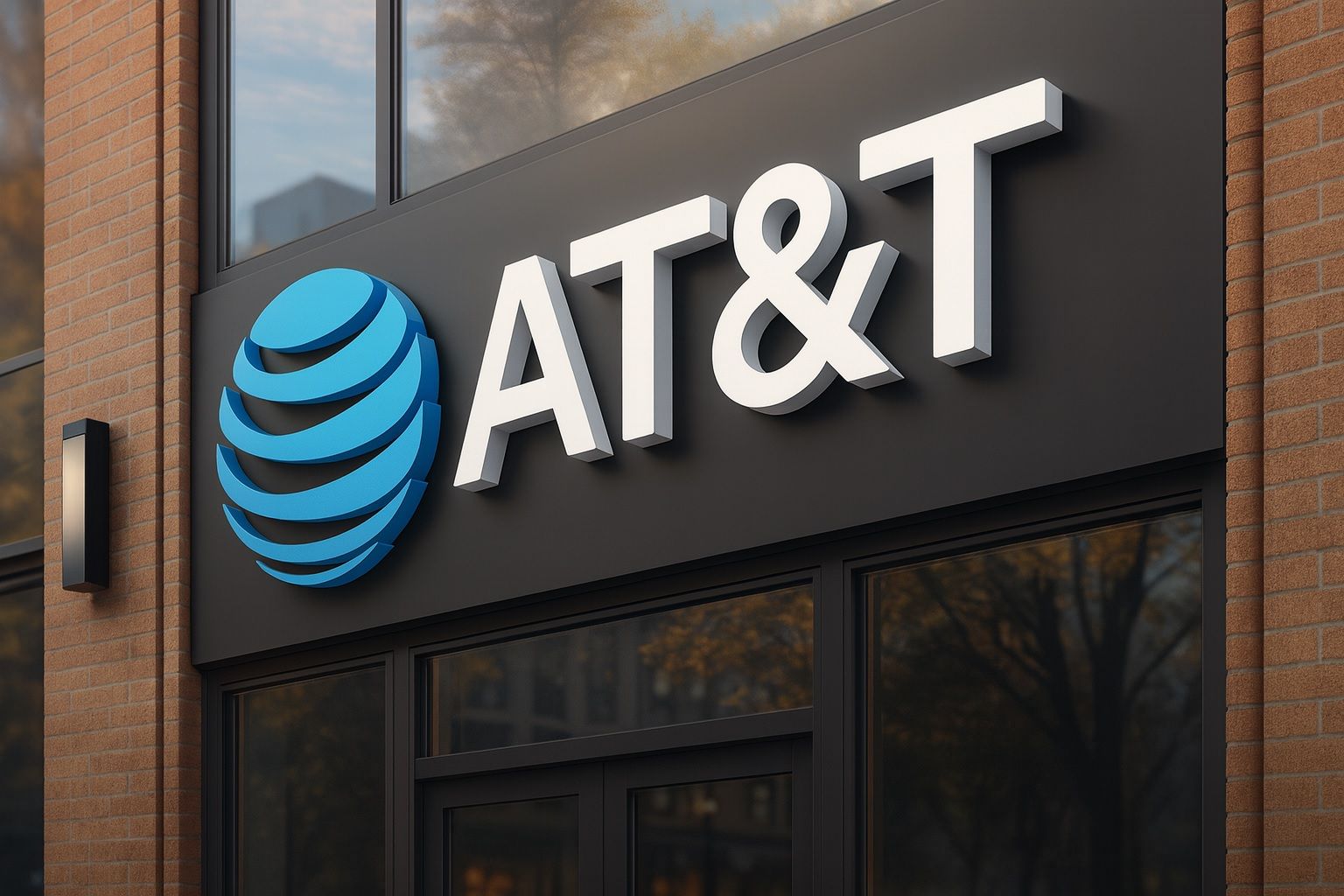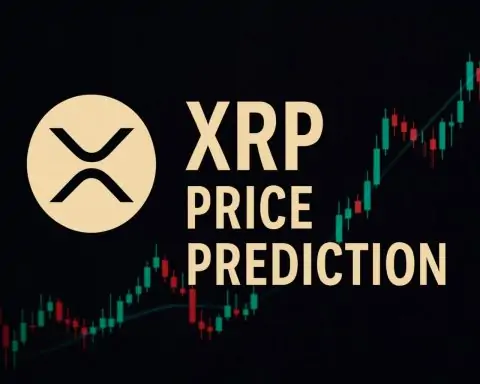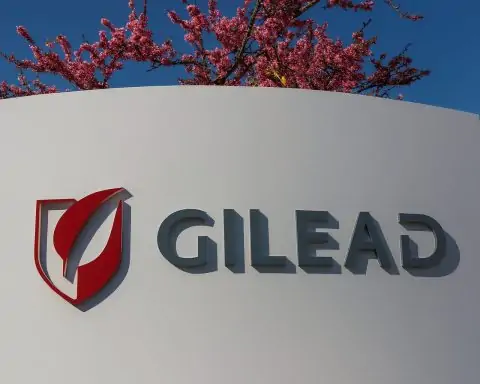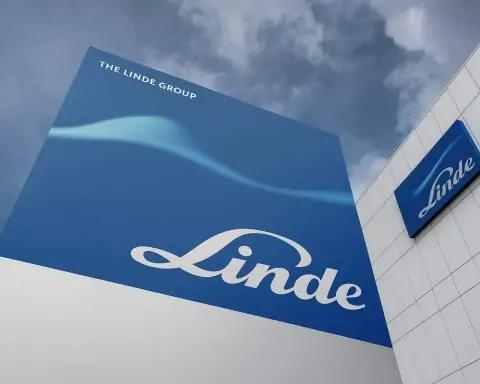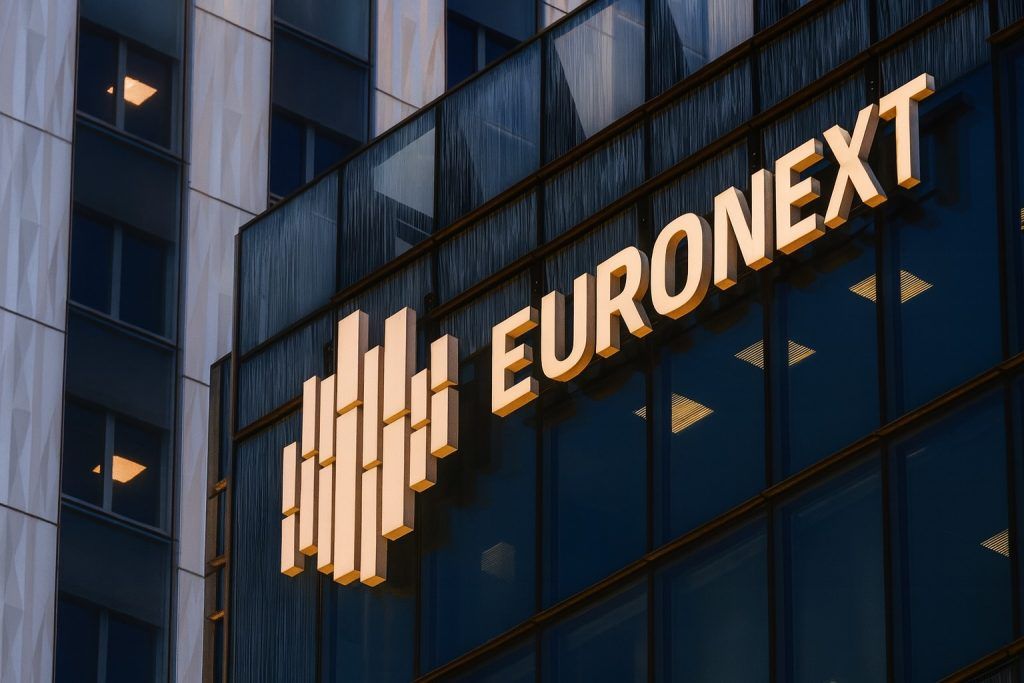- Stock Performance: AT&T shares have been trading in the mid-$20s recently (around $26.3 just before earnings) [1], roughly flat in the last few days. The stock is up about 15–20% year-over-year [2], aided by recent subscriber wins, though it has lagged the Nasdaq’s rally.
- Q3 Results: In Q3 2025 AT&T reported steady results: revenue of $30.7 B (+1.6% YoY) and adjusted EPS $0.54 (in line with forecasts) [3]. Crucially, it added 405K postpaid wireless subscribers (vs. ~334K expected) [4], along with 288K new fiber broadband and 270K fixed-wireless (“Internet Air”) customers [5]. This subscriber surge drove AT&T’s stock up ~4% in early Oct. 22 trading. The company reaffirmed full-year guidance (adj. EPS ~$1.97–2.07) [6].
- Market Reaction: Shares jumped on the subscriber news but then gave back some gains. On Oct. 22 shares spiked ~4% pre-market, then slid and closed roughly 2% lower that day [7] [8]. By Oct. 23–24 the stock traded around $24.6–$25.1 [9] [10]. As of Oct. 27 pre-market it held near $25.14 [11].
- Dividend & Valuation: AT&T pays $0.2775 per share quarterly (next payment Nov.3 [12]), implying a ~4.2% yield. The stock trades at only ~13–14× forward earnings [13], well below the ~21× telecom industry average [14]. Analysts note the high dividend and cheap valuation are a draw for income investors.
- Analyst Outlook: Wall Street is mostly bullish. Market consensus is a “Moderate Buy” on AT&T, with average 12-month targets around $30–31 (roughly 15% above current levels) [15] [16]. Notably, Goldman Sachs reiterated a Buy rating and raised its target to ~$32–33 [17] [18], calling AT&T’s 5G spectrum deal a smart long-term move [19]. By contrast, Barclays recently cut its view to an Equal Weight/Hold with a ~$28 target [20] [21]. Overall sentiment highlights AT&T’s strong cash flow, aggressive 5G/fiber investment, and hefty dividend, though concerns remain over competition and debt.
Stock Price & Recent Performance
AT&T’s stock has moved in a tight range recently, reflecting a “wait-and-see” mood ahead of Q3 results. In mid-October, shares traded around $26 [22] (about $26.34 at last week’s close) before dipping slightly on some softening news. For example, AT&T closed Oct. 24 at $25.14 [23] and was essentially flat into Oct. 27 [24]. Over the past month the stock has shown modest volatility: it started near $26, fell to ~$24.6 after earnings, and recovered to ~$25.1 by late Oct. Overall, AT&T is up roughly 15–20% from a year ago [25], outperforming rival Verizon but trailing tech-centric benchmarks. Analysts note that telecom stocks have generally been held back by high debt and rising interest rates [26], so AT&T’s relatively strong performance highlights recent operational gains.
Q3 Earnings & Subscriber Surge
On Oct. 22, AT&T reported third-quarter 2025 earnings that largely met expectations. Service revenue was $30.7 billion (+1.6% YoY) with adjusted EPS of $0.54 [27] (in line). The standout was wireless subscriber growth: AT&T added 405,000 postpaid phone customers, far above the ~334,000 Wall Street estimate [28]. In broadband, AT&T had its strongest net adds in years – 558,000 total new broadband customers (fiber + fixed wireless combined, per Reuters [29]) – including 288,000 new fiber subscribers [30]. These gains were driven by bundled plans and Apple iPhone promotions. As RCR Wireless noted, AT&T’s fiber base now tops 10 million customers [31], and CEO John Stankey celebrated “our highest total broadband net adds in eight years” [32].
Despite the subscriber strength, the company’s total revenue slightly missed the forecast (reported $30.7B vs ~$30.9B expected [33]). AT&T’s business wireline (legacy services) revenue fell by ~7.8% (dragged by landline declines) [34]. On the call, management reiterated full-year guidance: low-single-digit revenue growth and adjusted EPS of ~$1.97–2.07 [35], citing ongoing fiber expansion and cost discipline. The net result: AT&T’s stock initially jumped on the news but closed mixed as analysts parsed the details.
Analyst Forecasts & Market Outlook
Most Wall Street analysts remain constructive on AT&T’s near-term outlook. According to aggregator data, 1 analyst has it as Strong Buy, 16 as Buy and 8 as Hold [36], yielding an overall “Moderate Buy” consensus. The average price target is about $30.6 [37]. In recent weeks, Goldman Sachs lifted its 12-month target to $33 (Buy) on the solid Q3 results [38]. Morgan Stanley likewise maintains an Overweight rating with a ~$32 target [39]. By contrast, a few firms have turned more cautious: Barclays cut AT&T to Equal Weight with a $28 target, and HSBC downgraded it to Hold at $29–30 (reflecting concerns about heavy debt and fierce competition). MarketBeat notes the street range is roughly $28–32 [40].
Analysts citing fundamentals point to AT&T’s strong cash flow. For example, AT&T generated roughly $4.9B in free cash in Q3, fueling debt paydown and buybacks. The company has announced up to $20 billion in stock repurchases through 2027 [41]. Valuation metrics remain compelling: AT&T trades around 13–14× forward EPS [42], far below the ~21× telecom industry norm [43]. On fundamentals, S&P Global Ratings also recently noted that AT&T’s wireless segment should grow ~3–4% in 2025–26 on healthy postpaid additions and ARPU, supporting steady EBITDA expansion [44].
On the technical side, the stock is consolidating after the earnings bump. The 50-day and 200-day moving averages are both in the high-$20s, above the current price, suggesting room on the upside if momentum picks up. That said, analysts caution on execution: the upgrade cycle is set to accelerate (many customers upgrading phones), which can pressure churn and margins [45]. In fact, brokerage MoffettNathanson warned that restoring normal upgrade volumes could be “a stiff headwind for churn, ARPU and margins” [46]. Overall, the consensus view is that AT&T is cheap and well-supported by dividends, but the stock needs clear catalysts (like sustained subscriber growth or cost cuts) to break out of its recent range.
Dividend, Buybacks & Valuation
AT&T’s dividend remains a cornerstone of its investment thesis. The quarterly payout is $0.2775 per share (the same as prior quarter), yielding roughly 4.2% at current prices [47]. The company recently declared the next payment (for Nov. 3, 2025) at this level [48], underlining steady shareholder returns. By comparison, arch-rival Verizon yields over 7% but with less growth, making AT&T’s yield attractive for income investors. Management has emphasized maintaining this payout and accelerating buybacks: as of mid-2025, AT&T said it could repurchase about $20B of stock through 2027 [49].
On fundamentals, AT&T boasts a very low valuation. Trailing P/E (ex-items) is around 8x [50] and forward P/E ~13–14x [51]. Its price/sales is ~1.4, and it sports a book value more than current price [52]. Debt remains elevated (net debt/EBITDA ~3.0×, rising temporarily after the EchoStar deal [53]), but AT&T plans to cut leverage to ~2.5× by 2026–27 [54]. Credit agencies generally view AT&T’s debt levels as manageable given its cash generation; S&P for instance projects stable debt leverage as the EchoStar spectrum closes [55] [56]. In sum, the bullish case rests on AT&T’s solid free cash flow and “connectivity” investments (fiber and 5G), while the bear risks are competition and the timing of new upgrade cycles.
Expert Commentary & CEO Insights
Industry analysts and executives have been upbeat about AT&T’s strategy. CEO John Stankey highlighted the company’s fiber focus, famously quipping, “Where we have fiber, we win” [57]. On the earnings call he noted the company’s broadband momentum: “We achieved our highest total broadband net adds in eight years,” doubling down on fixed-network growth [58]. Stankey also pointed out that the EchoStar spectrum deal will meaningfully enhance 5G coverage: “We expect these midband licenses will be deployed…covering nearly two-thirds of the U.S. population by mid-November,” he said [59].
Wall Street strategists echo this bullish tone on long-term catalysts. Goldman’s telecom analyst described the EchoStar spectrum purchase as “a smart long-term move” that strengthens AT&T’s network [60]. Analysts like those at Wells Fargo and Bernstein (not quoted here) similarly praise the fiber strategy as a durable advantage. At the same time, some voices urge caution. Barclays recently noted that AT&T’s recent jump partly “reflects operational gains,” but warned that intense competition and debt load remain concerns [61]. Overall, experts agree that AT&T’s dividend and infrastructure investments are attractive, but that the stock needs sustained execution.
Telecom Sector & Competitive Landscape
AT&T’s story plays out in a fiercely competitive sector. Rivals saw big subscriber gains in Q3 as well. T-Mobile, for example, added over 1.0 million postpaid customers (its highest in a decade) [62], yet its stock actually fell ~2% on Oct. 23 after it raised capex guidance. This illustrates that even strong growth can be offset by spending concerns. Verizon has also struggled to excite investors. Recently it replaced CEO Hans Vestberg with former PayPal chief Dan Schulman – a move meant to jump-start growth – but Verizon shares dropped ~3% on the news [63].
Broadly, U.S. carriers are all racing to build 5G and fiber networks, which benefits AT&T’s narrative. Regulators are easing restrictions (e.g. auctions for new spectrum), but scrutiny remains on pricing and net neutrality. As a defensive telecom player, AT&T often moves with interest rates: if bonds and rates come down, its high dividend becomes even more attractive relative to fixed income [64]. Conversely, any market selloff (like recent sector rotations) can blunt performance. For now, AT&T is roughly in line with its peers: trading flat month-to-date while other consumer and tech stocks run ahead [65].
In summary, AT&T’s recent subscriber upside and strategic investments have given its stock new momentum [66] [67]. The article’s experts see further upside if AT&T continues to execute on fiber/5G and returns cash via dividends and buybacks. The key question is whether the stock can sustain this rally past near-term earnings noise. If AT&T’s guidance holds and promotions pay off, many analysts believe $30+ is a reachable target in coming months [68] [69].
Sources: Latest reports from Reuters [70] [71] and other financial media, including ts2.tech [72] [73], MarketBeat [74], Investing.com [75] [76], and AT&T’s official releases [77]. These provide the data and expert commentary cited above.
References
1. ts2.tech, 2. ts2.tech, 3. ts2.tech, 4. ts2.tech, 5. ts2.tech, 6. ts2.tech, 7. ts2.tech, 8. www.reuters.com, 9. ts2.tech, 10. www.investing.com, 11. www.reuters.com, 12. ts2.tech, 13. ts2.tech, 14. ts2.tech, 15. www.marketbeat.com, 16. ts2.tech, 17. www.tipranks.com, 18. ts2.tech, 19. ts2.tech, 20. www.marketbeat.com, 21. ts2.tech, 22. ts2.tech, 23. www.investing.com, 24. www.reuters.com, 25. ts2.tech, 26. ts2.tech, 27. ts2.tech, 28. ts2.tech, 29. www.reuters.com, 30. www.rcrwireless.com, 31. www.rcrwireless.com, 32. www.rcrwireless.com, 33. www.reuters.com, 34. www.reuters.com, 35. ts2.tech, 36. www.marketbeat.com, 37. www.marketbeat.com, 38. www.tipranks.com, 39. www.ainvest.com, 40. www.marketbeat.com, 41. about.att.com, 42. ts2.tech, 43. ts2.tech, 44. www.investing.com, 45. www.reuters.com, 46. www.reuters.com, 47. ts2.tech, 48. ts2.tech, 49. about.att.com, 50. www.reuters.com, 51. ts2.tech, 52. www.reuters.com, 53. www.investing.com, 54. ts2.tech, 55. www.investing.com, 56. www.investing.com, 57. au.investing.com, 58. www.rcrwireless.com, 59. www.rcrwireless.com, 60. ts2.tech, 61. ts2.tech, 62. www.reuters.com, 63. www.reuters.com, 64. ts2.tech, 65. ts2.tech, 66. ts2.tech, 67. ts2.tech, 68. www.tipranks.com, 69. ts2.tech, 70. www.reuters.com, 71. www.reuters.com, 72. ts2.tech, 73. ts2.tech, 74. www.marketbeat.com, 75. au.investing.com, 76. www.investing.com, 77. about.att.com
